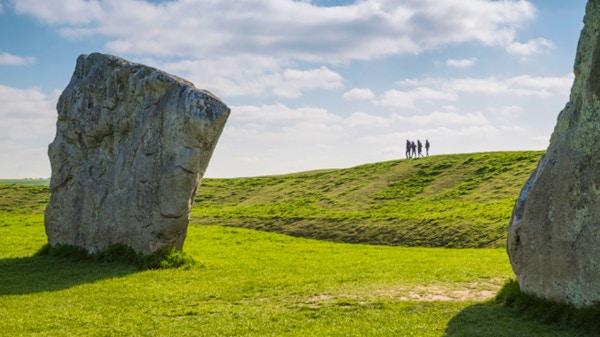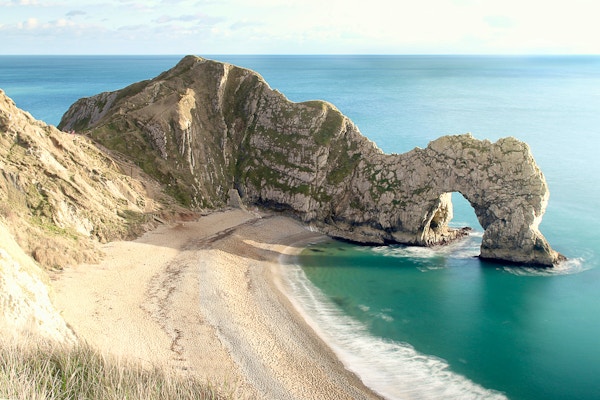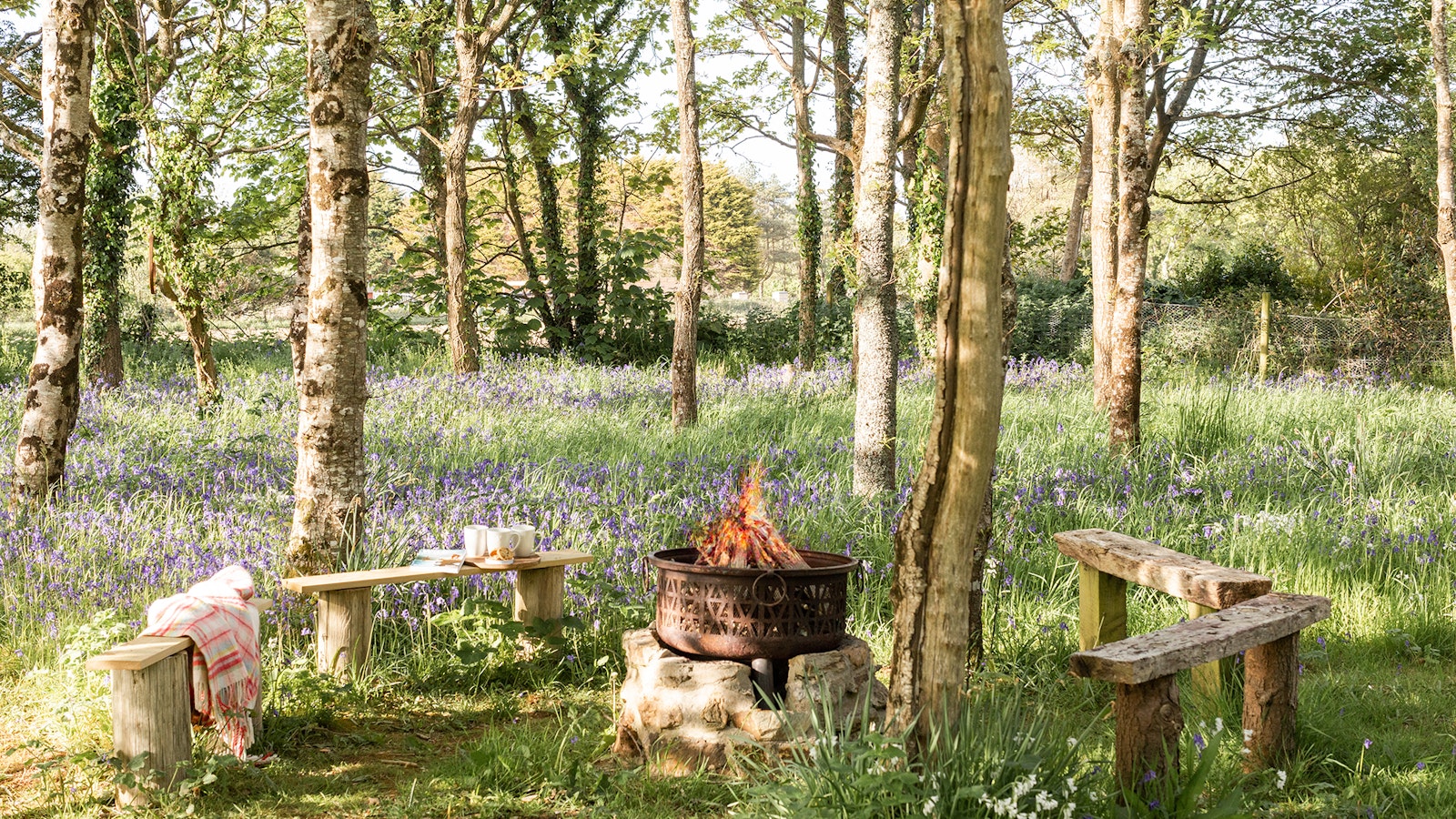This means one thing. It’s time to forget your body clock, party from sunset to sunrise or rise early to bask in the first rays of sunshine. Solstice will forever be the ultimate sun worshipper celebration, period. For thousands of years, communities worldwide have ventured to spiritual spots to celebrate when the sun is at its most powerful. People will light a bonfire, dance, practise yoga, meditate or simply watch the sun set and rise.
Where are the best places to catch those first rays of light on Summer Solstice? Truth is, you’re spoiled for choice. From spellbinding stone circles and ancient volcanoes to iconic beaches, here are five Solstice sites worth rising early for.
For Moorland Celebrations In The Peak District: Arbor Low, Derbyshire

It isn’t every day that people muster up the energy to climb Arbor Low to see the sunrise. However, for Summer Solstice, crowds come from far and wide to this prehistoric stone circle atmospherically set amidst elevated moorland. Here, expect a peaceful crowd looking at the horizon for miles around. While smaller than Stonehenge, this circle of 50-odd ancient white limestone slabs is one of the most mysterious monuments on the planet. Nothing short of magical. Discover more.
Climb The City Mountain That Everyone Loves: Arthur’s Seat, Edinburgh

Where better for a breathtaking sunrise than the summit of an extinct volcano overlooking Edinburgh? Long before Netflix’s One Day was filmed there, we all knew that dawn on Arthur’s Seat is where it’s at. Hailed as one of the top sunset locations in the UK, Arthur’s Seat is a spectacular site for Solstice celebrations. The puffing and panting on your hike up will be worth it to marvel at long-reaching views of the capital – that is, if a bank of cloud doesn’t have other plans. Discover more.
Stand With The Stones And Practice Ancient Rituals: Stonehenge, Wiltshire

If you’re up for celebrating cheek by jowl alongside the druids and hippies, pull an all-nighter at this important religious site. There’s nothing quite like it. This prehistoric circle of standing stones was built to align with the sun on the Solstices. Last year, tens of thousands of people stayed up all night playing music and then at dawn, watched the sun theatrically rise from behind the heel stone on the Solstice. This is the one time of the year when Stonehenge is free to the public and free from its chain link fence. Can’t make it? The sunrise and sunset will be live streamed. Discover more.
The Lesser Known Neighbour Of Stonehenge: Avebury Henge, Wiltshire

Looking to dodge undignified tourists? The underrated sacred stone circle of Avebury is the largest of its kind in the world, even bigger than Stonehenge. Thus, offbeat Avebury is firmly on the Solstice map for sun worshippers, druids and pagans. Every year, just before sunset around 9pm, local performers in vibrant quirky costumes put on a show around the stones. Revellers party through the night with live music, meditation, tarot readings, fire poi and interpretative dance. Discover more.
For An Iconic Beach Sun Rise And Swim: Durdle Door, Dorset

You can’t help feeling that Mother Nature is a miracle worker as the sun hangs high over the Jurassic Coast. While the masses congregate at Stonehenge, Summer Solstice here has a different vibe. Rise at dawn and head to Durdle Door, the most famous stone arch in the world. You’ll be rewarded by views of the vast Atlantic and the 200-foot arch created by unrelenting waves millions of years ago. Die-hards swim under the arch; it has become a rite of passage. If that wasn’t impressive enough, return for the winter solstice when you can view the sunrise through the eye of the rock arch. Discover more.





